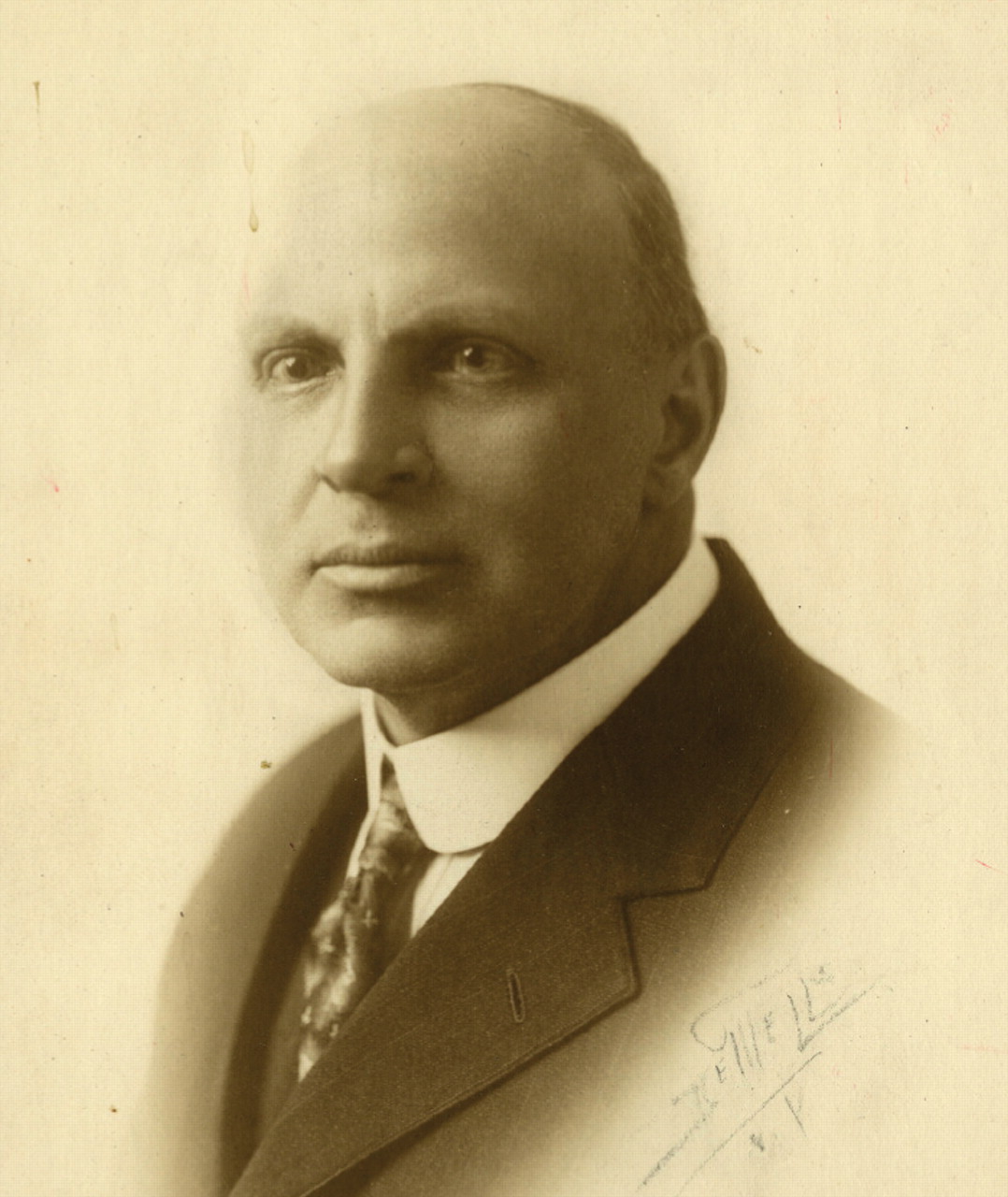Few psychiatrists know the name I.L. Nascher, M.D. Wrote Ewald Busse, M.D., and Dan Blazer, M.D., Ph.D., in their Textbook of Geriatric Psychiatry, published by American Psychiatric Publishing Inc., that Nascher is frequently considered the father of geriatrics and has been credited with coining the word“ geriatrics.”
In an article headlined “Geriatrics” in the New York Medical Journal in 1909, Nascher wrote that the word geriatrics is from the Greek word “geras, meaning old man, and iatrikos, relating to the [word] physician....” In Greek mythology, Geras is an old, shriveled man who represents the spirit of old age; his mother was Nyx, the so-called goddess of the night.
So the term geriatrics means a physician who specializes in the medical care of individuals in old age—the opposite of the term“ pediatrics,” relating to the medical care of children.
Senility “is a distinct period of life,” Nascher wrote,“ a physiological entity ... a period of life where degeneration and decay are natural and physiological.... [S]enility and its diseases should be considered apart from maturity and assigned to a separate place in medicine.”
Ignatz Leo Nascher was born in Vienna, Austria, and was brought to the United States as an infant. His formal schooling in New York City led to a degree in pharmacy in 1882 and his M.D. in 1885 from the Department of Medicine of New York University.
He entered medical practice in New York and served in the outpatient clinics of Mt. Sinai Hospital. Years later, in 1916, he took a position at the Department of Public Welfare, then at the Department of Hospitals. In 1931, at his request, he was put in charge of the 1,200-bed City Farm Colony on Roosevelt Island in Manhattan. That facility later became Goldwater Hospital and today is named Coler-Goldwater Memorial Hospital.
He lectured on geriatrics at several medical schools in New York, Boston, and Chicago. He organized the New York Geriatric Society, though its existence was short-lived.
In 1914 Nascher published a 500-page textbook, Geriatrics: The Diseases of Old Age and Their Treatment, which included physiological home and institutional care and medical-legal relations. A second edition was published in 1916. The book is said to be the first publication on geriatrics since the 1881 book by J.M. Charcot, M.D., and Alfred L. Loomis, M.D. titled Clinical Lectures on the Diseases of Old Age. An introduction to Nascher's book was written by Abraham Jacobi, M.D., president of the New York Academy of Medicine. Jacobi is credited with coining the word“ pediatrics” and establishing pediatrics as a separate medical discipline.
Nascher's bibliography includes more than 70 titles (among them “The Senile State,” “Senile Debility,” and “The Senile Mentality”) published in various medical journals.
In 1944 he read a paper on chronic brain syndrome at the annual meeting of the recently organized American Geriatric Society, which dedicated the meeting to Nascher and made him an honorary president.
Nascher divided the span of life into three distinct periods: development, maturity, and senescence. His writings constantly emphasized that maturity and senility are different entities and that diseases of each phase require different treatment. Drugs reactions in maturity are different from those in old age, he said. He viewed old age as a period of degenerating and decaying cells and tissues, where the goal is not to cure disease as in maturity, but to return the old person to the previous physiological degenerating phase and retard death.
“Senile degeneration is not a pathology and cannot be halted, though it may be retarded,” he wrote.
He was aware of the social implications of aging and urged that old individuals be encouraged to feel young, maintain a good appearance and positive attitude, and keep occupied. “Courtship and marriage between an old person and one much younger ... will produce marked mental rejuvenation.”
In the 1995 book Profiles in Gerontology: A Biographical Dictionary by W. Andrew Achenbaum, Ph.D., and D.M. Albert, the authors wrote that Nascher “was a prophet in every sense of the word.”▪

